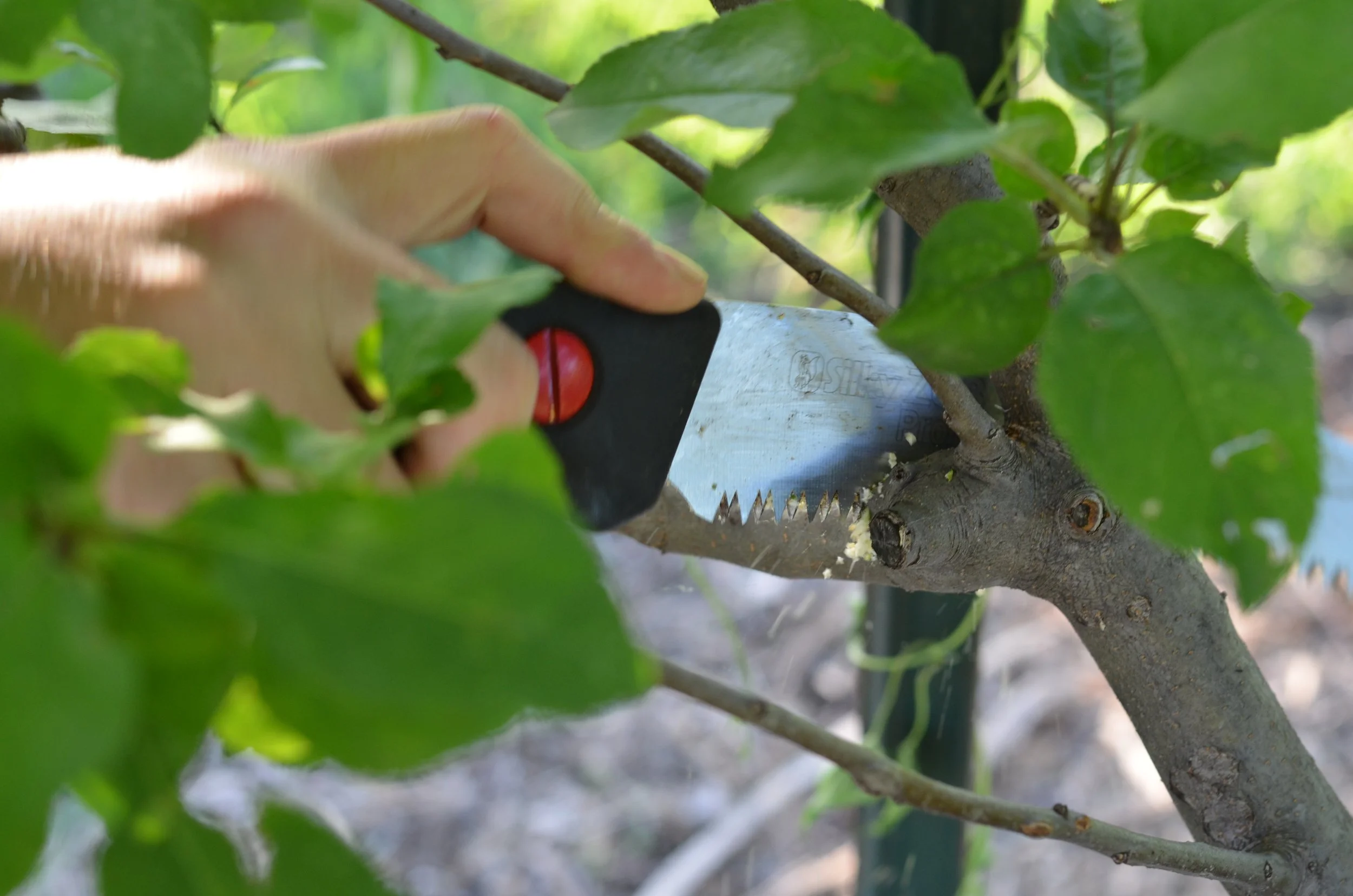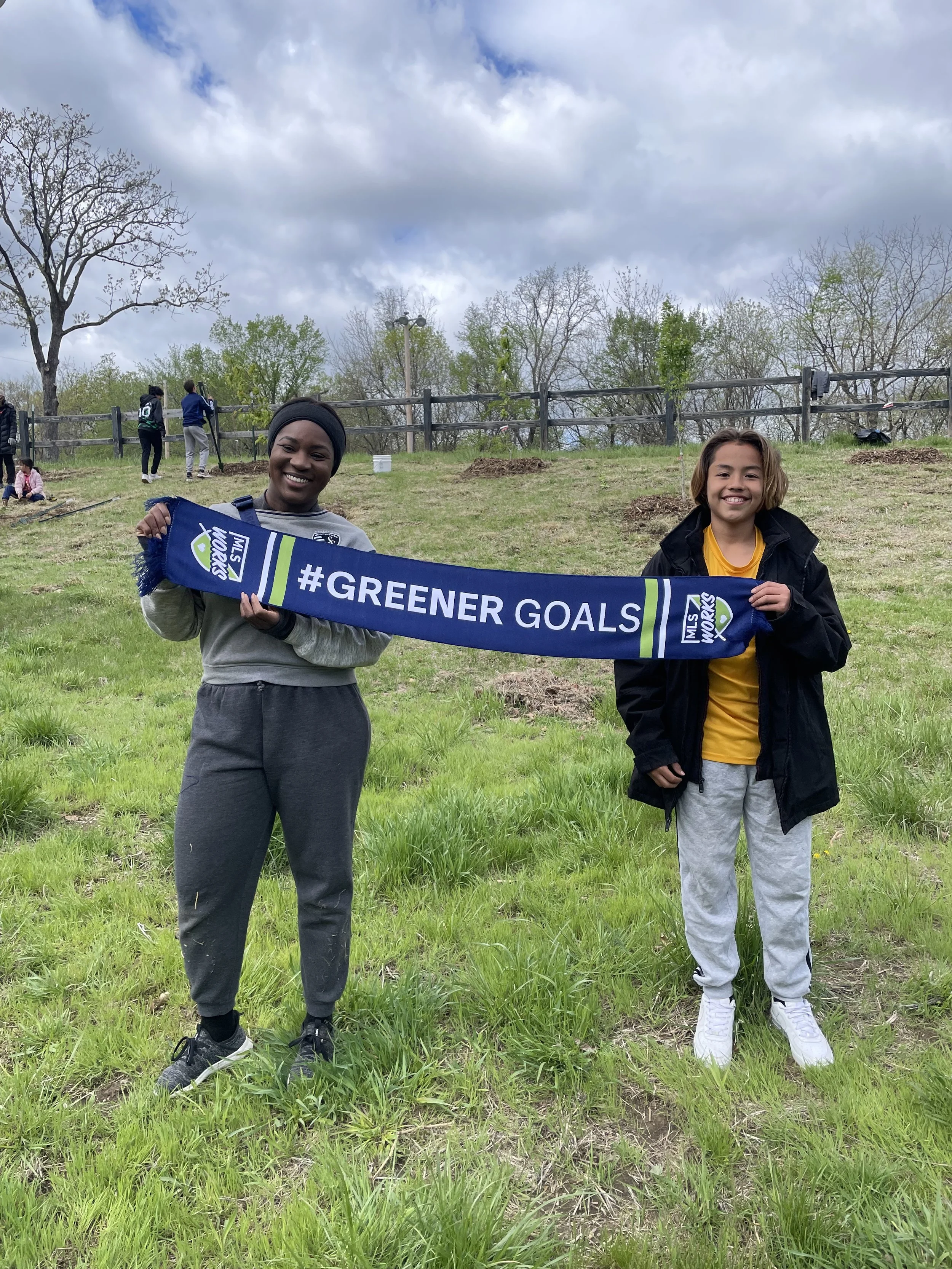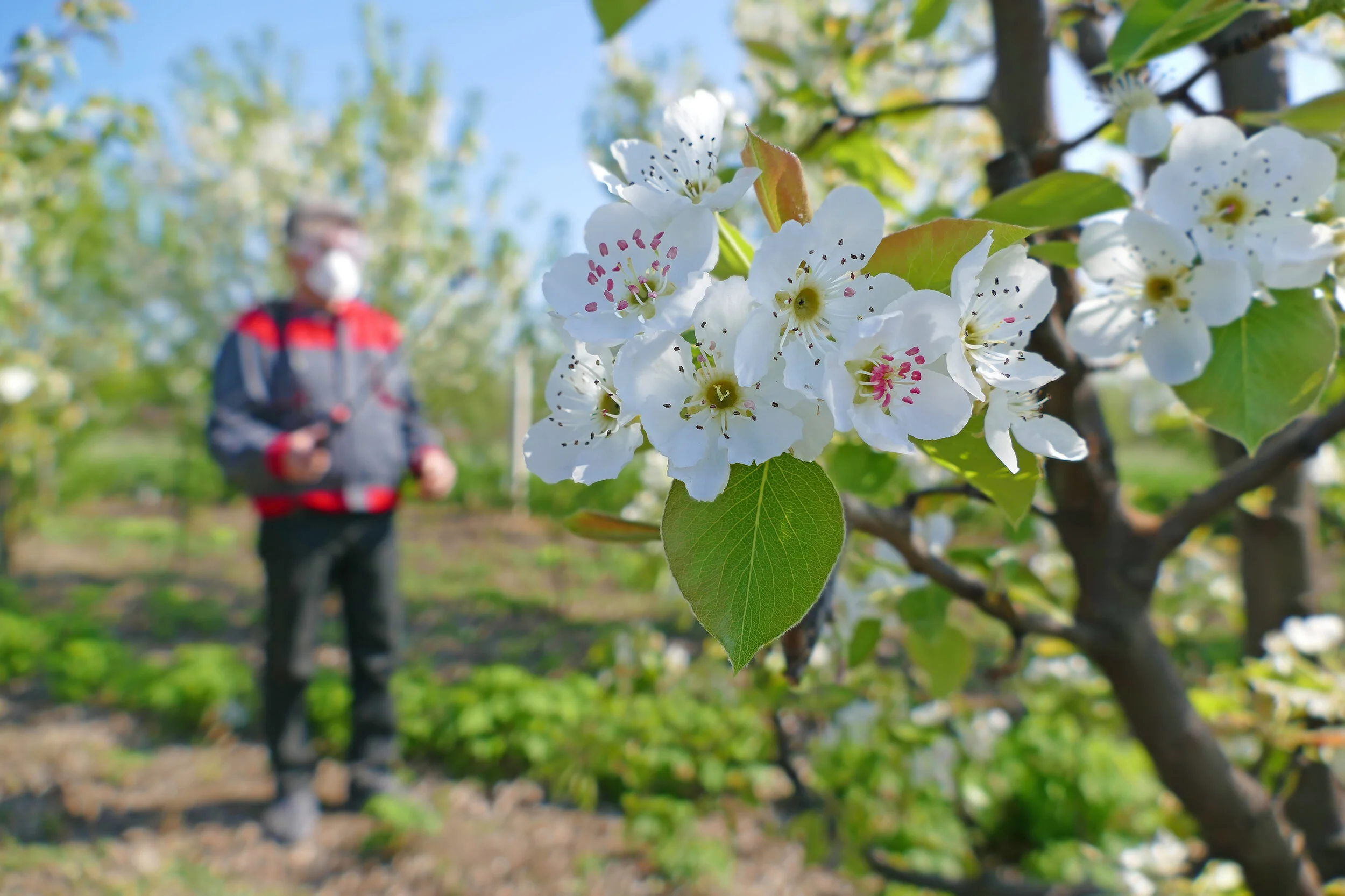There is power in knowledge! Browse through these educational blog posts contributed by partners from around the country!
Imagine walking up to a single tree and picking peaches, plums, cherries, and apricots—all from different branches. Sounds magical, right? But it’s real! It’s thanks to an old but simple farming trick called grafting.
Spring is here, and so are the bugs. Some of them will chew holes in your cabbage. Some will sip nectar and mind their own beeswax. And some, dear gardener, will go to battle for you. In this guest blog, Sarah Sikich shares how to roll out the red carpet for the bugs that have your back.
Find out why The Giving Grove recommends cloth grow bags like Smart Pots for Giving Grove nurseries!
Nashville Food Project becomes a Giving Grove national affiliate.
We are thrilled to present a guest blog post from Ilyse Putz, Giving Grove Program Manager at Grow North Texas, on biodiversity in urban spaces, exploring the transformative potential of urban orchards. In this insightful piece, Ilyse reflects on her upbringing amidst monoculture farming in the Midwest and the pressing need to cultivate biodiversity in both rural and urban settings. By discussing the role of urban orchards, particularly those managed by The Giving Grove, Ilyse highlights how these green spaces can enhance biodiversity, support diverse ecosystems, and offer cultural significance to local communities. Dive into this post to discover how urban orchards can serve as vital biodiversity havens in our increasingly fragmented landscapes.
Guest Blog Post from Giving Grove affiliate Tree Pittsburgh with practical information on planting a food forest using permaculture techniques.
The Giving Grove is thrilled to introduce a rejuvenating practice that combines the beauty of nature with the abundance of our urban orchards: Food Forest Bathing. This unique experience allows you to soak in the tranquility and health benefits of nature, even in the midst of bustling city life.
From farmer's frustration to orchard game-changer, Twigeeze limb spreaders by Miller Creek are cultivating healthier, more productive trees in community orchards across the US. Join The Giving Grove as we explore the power of innovation in growing a future where everyone can harvest their own fruitful bounty.
Giving Grove horticulturist Matt Bunch discusses choosing and growing cherries!
Giving Grove’s youngest orchard steward explains in his own words why planting trees is important!
The history of black farmers is filled with generational stories of fortitude and struggle. In honor of Black History Month, we highlight a few agricultural trailblazers and their contributions to food equity and justice.
The langauge we use when speaking about hunger and food equality matters. In this blog, communications manager Sarah Sikich explains the shift from “food desert” to “food apartheid.”
Fish fertilizer is an essential ingredient for a fruit tree holistic spray. Guest blogger, Casey Schoenberger, explains why this fish-tastic fertilizer is not only the best you can offer your trees, but also the best for the environment as well.
Melinda Dillion, Giving Grove Community Engagement Coordinator, tells the extraordinary story of how her mother paid for college by picking pecans.
Check out the latest in Giving Grove news including new affiliate city announcements, save the date for 2021’s Gather+Grow short film premiere, and the grand opening of the Giving Grove store!
The Giving Grove recently hosted Joel Berg, CEO of Hunger Free America, and local anti-hunger advocates, organizations, and elected officials for a discussion on ending food insecurity.
Canning is a tried and true method for preserving harvests for months after picking. In this guest post, recipe developer and blogger Kolika Simmons shares water bath canning basics and a unique recipe for pickled Asian pears using Giving Grove fruit. If you enjoy this blog, consider subscribing to The Serving, Giving Grove’s quarterly newsletter, and visiting Kolika’s blog, Wanna B. Gourmade.
Some of the things that probiotics do for fruit trees (and trees in general) are a lot like what they do for your digestion. Each teaspoonful of probiotics contains millions of microbes that quickly spread over the roots or leaves of a plant. There they crowd out other organisms that might not be good for the health of the plant, just like our gut biotic products help establish healthy biomes in your intestines.
Few metropolitan areas escaped the devastating effects of redlining. Decades later, areas deemed “hazardous” or least desirable (primarily neighborhoods with people of color) are still facing the long-term effects of redlining, such as faulty infrastructure, lack of green space, and limited access to fresh, healthy food. The Giving Grove is committed to helping address these disparities. For that reason, we recently analyzed the location of Giving Grove orchards in relation to neighborhoods impacted by redlining. In this blog, a Giving Grove intern reflects on the findings of this research.
Today, The Giving Grove would like to introduce to a longtime steward and friend, Ami Freeberg. Ami’s personal and professional life is centered around sustainable and community-driven horticulture. Her Giving Grove orchard is located at the community farm that she established seven years ago, Longfellow Farm.
Over the past year of pandemic-driven confinement, people across the world turned to new hobbies to occupy their newfound free time. For some people, that new hobby was baking homemade sourdough or learning to paint. Many, however, tried filling their time and their yards by testing the greenness of their thumbs. Interest in buying and caring for plants saw a staggering increase last year, and for good reason.
Published quarterly, The Serving covers backyard orcharding, fruit tree management, helpful harvest tips, and Giving Grove updates. Thank you for helping make a big impact with little orchards!































